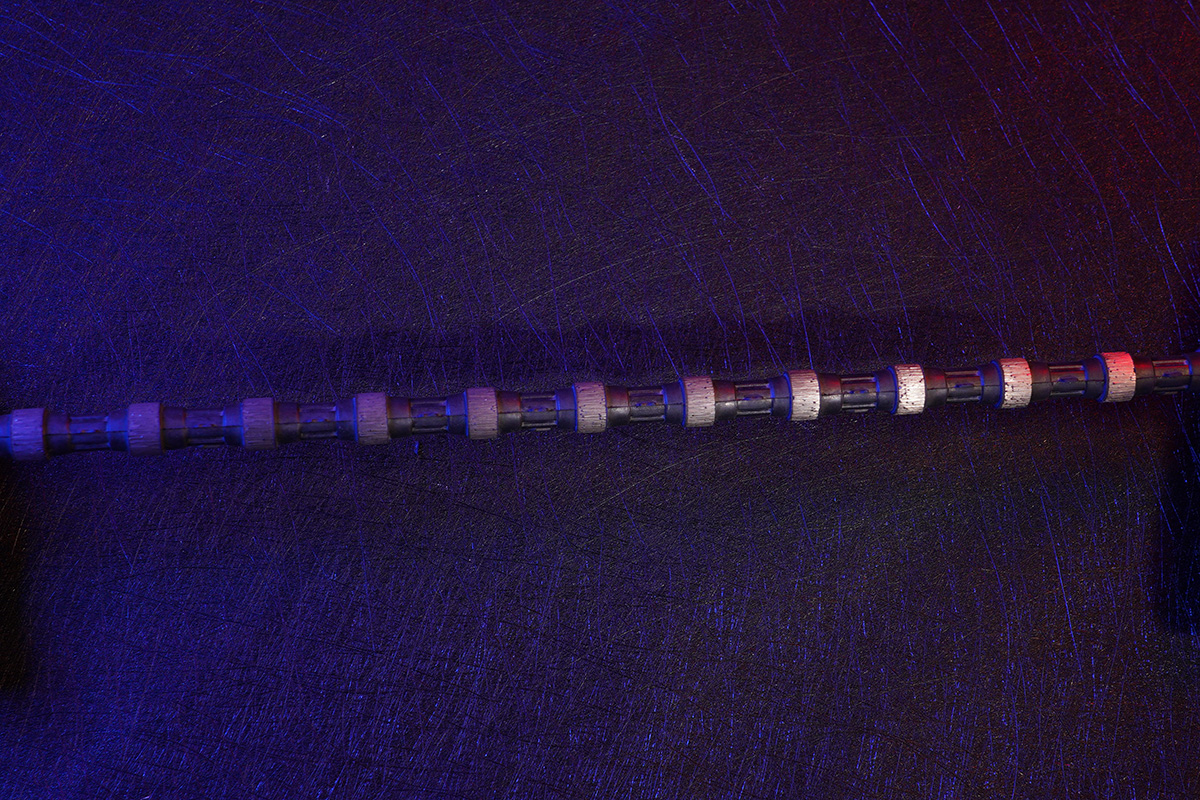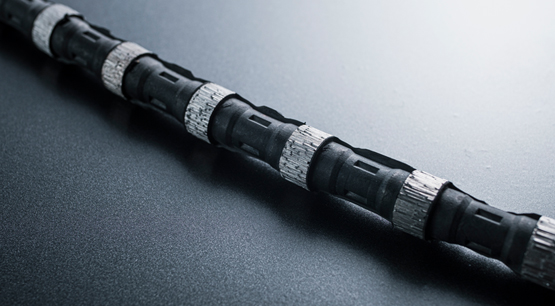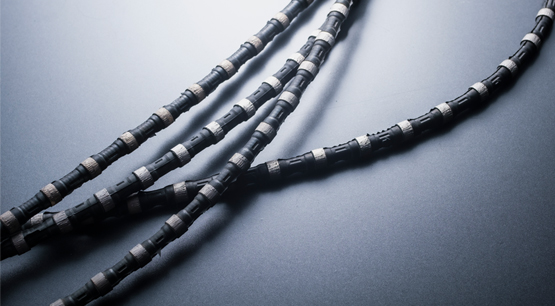The linear speed of a diamond wire saw refers to the speed at which the wire saw moves along its cutting path during the cutting process. It is typically measured in meters per second (m/s) and is an important parameter that affects the cutting efficiency and quality of the diamond wire saw.
The selection of the linear speed should be based on specific cutting requirements and the material of the workpiece. If the linear speed is too high, it may result in decreased cutting quality, rough cutting surface, or increased wear on the cutting tool. On the other hand, if the linear speed is too low, it may lead to low cutting efficiency or inability to meet cutting requirements.
Therefore, when using a diamond wire saw for cutting, it is essential to adjust the linear speed appropriately based on the hardness, density, shape of the material, as well as the performance and recommendations from the manufacturer to ensure optimal cutting results and tool longevity.
In practical operations, customers often ask about the reasonable linear speed for cutting granite using a 55kW wire saw machine. However, there is no fixed answer to this question as determining the suitable linear speed requires consideration of multiple factors, including the hardness of the granite, cutting depth, cutting requirements, and the design and manufacturing of the wire saw. The setting of the linear speed should be tested and adjusted based on the specific conditions to achieve the best cutting efficiency and results.
Generally, when cutting granite, a reasonable linear speed typically falls between 20 to 30 meters per second. This range can serve as a starting point for testing, and then adjustments can be made based on the actual cutting performance.
It is essential to note that when setting the linear speed, other factors such as cutting stability, cutting quality, and tool durability should also be taken into account. Excessively high linear speed may result in unstable cutting, rough surfaces, or increased wear on the wire saw. Conversely, excessively low linear speed may lead to low cutting efficiency.
Hence, it is recommended to progressively adjust and test the linear speed during practical operations to find the most suitable value that provides satisfactory cutting results and tool longevity. Furthermore, operators should strictly follow the operation guidelines and recommendations from the cutting equipment and wire saw manufacturers.
In general, when cutting marble, a suitable linear speed for a diamond wire saw is usually set between 25 to 35 meters per second. This range can serve as a starting point for testing, and further adjustments can be made based on the actual cutting performance.
Now, some customers may wonder why they cannot increase the linear speed. The reason is that excessively high linear speed can lead to the following problems:
Unstable Cutting: A high linear speed increases friction and impact between the wire saw and the cutting material, resulting in unstable cutting. The wire saw may shake or jump during high-speed operation, affecting cutting accuracy and smoothness.
Decreased Cutting Quality: High linear speed may cause rough or uneven cutting surfaces. The wire saw might not fully contact the cutting material at high speeds, resulting in subpar cutting quality, such as rough edges, uneven cutting lines, or unsmooth surfaces.
Increased Wire Saw Wear: High linear speed increases wear on the wire saw. The wire saw particles may detach, and the steel wire may wear out more quickly due to the increased friction and pressure. This reduces the lifespan of the wire saw and increases the frequency and cost of replacing the wire saw.
Increased Risk of Cutting Tool Failure: Excessive linear speed puts greater load and stress on the cutting tool. If the wire saw's design or manufacturing quality cannot withstand high-speed operation, it may lead to wire breakage, wire breakage, or other tool failures. This interrupts the cutting process and increases the time and cost of maintenance or replacing the cutting tool.
In conclusion, while increasing the linear speed can enhance cutting efficiency, it must be done within a reasonable range. The best choice of linear speed requires considering the cutting material's hardness, cutting requirements, wire saw design, and manufacturing quality. Step-by-step testing and adjustments are necessary to find the optimal linear speed that ensures stable cutting quality and tool longevity. Additionally, operators should adhere to the operation guidelines and recommendations provided by the cutting equipment and wire saw manufacturers. If you have any questions or require further assistance, feel free to ask.
If you have any questions or require further assistance, feel free to ask.








